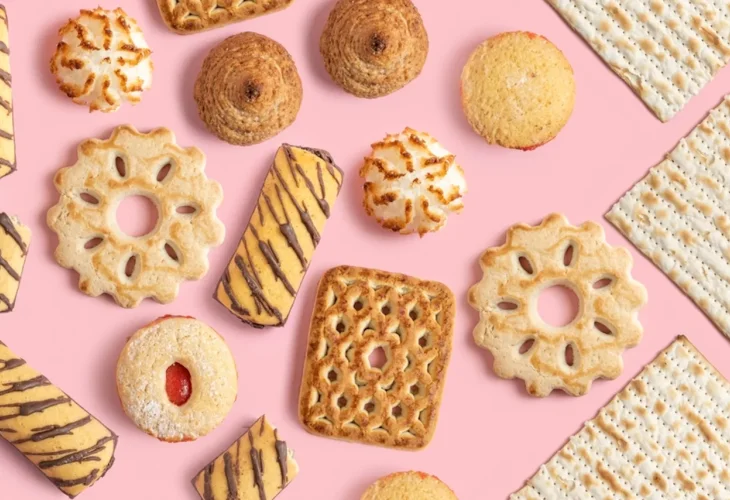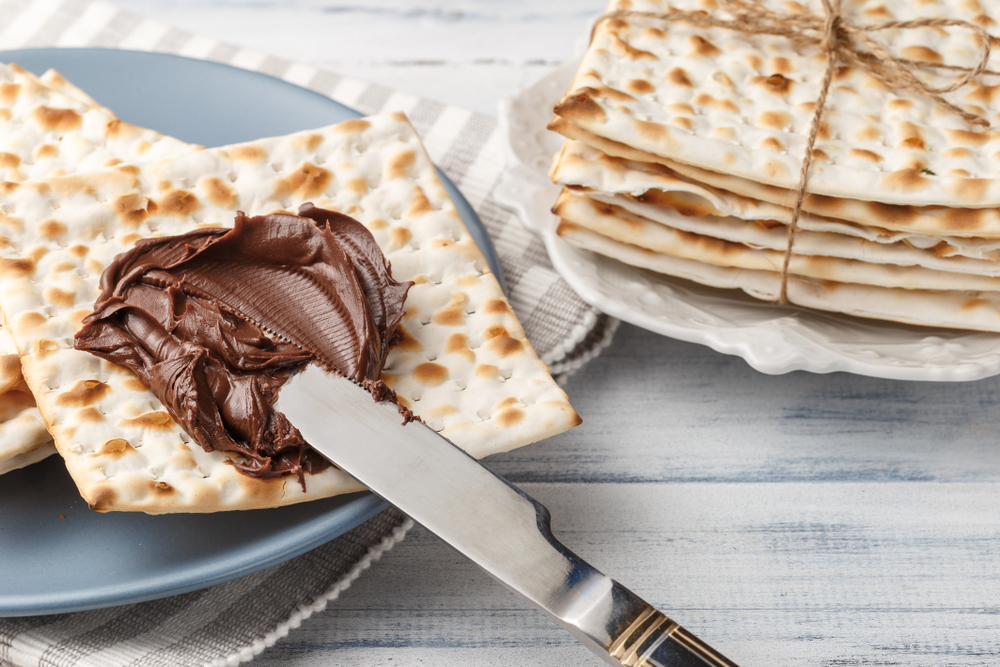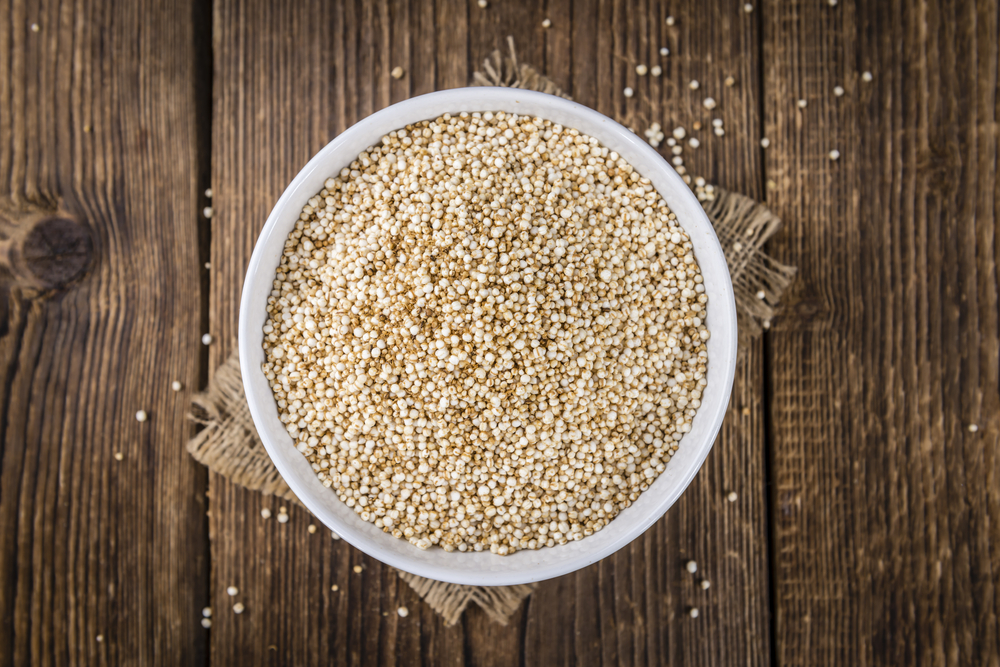Passover
Got Nothing to Eat on Passover? Think Again
The misconception that there's nothing to eat during Passover is just that—a misconception. In fact, you end up eating more. A lot more.

Cookie Monster
Passover Cookies: It seems Passover is less about matzah and more about cookies. The fact is, any cookie that meets the Kosher for Passover criteria (according to your tradition, of course) quickly finds its way into the Passover pantry. I recommend you read the ingredient list on a package of coconut cookies, for example. You will see they are filled first and foremost with sugar, then coconut (only 40%), and then sugar syrup again. Healthy? Not really.
This is the Bread of Affliction
Matzah: Had the Israelites eaten "regular" matzah when they left Egypt, we'd probably still be in Egypt today—not because of Pharaoh, but because of stomach pains. Now, 5,000 years after the formative event of the Jewish people, it's good to know about the variety of matzahs made from whole grains: whole wheat, whole spelt, and whole rye. Nice to meet you!
Are You Drinking or Fooling?
Water: Every whole grain matzah requires a glass of water. The ratio is one glass per matzah. What do you gain from this? Firstly, the dietary fibers in the matzah swell and create a feeling of fullness, which is good because white flour matzah is less filling. Secondly, no stomach aches. Thirdly, you'll drink more water, which is always good.
The Most Childlike
Matzah with Chocolate: It's easiest and most convenient to take spreadable chocolate on holiday outings during Chol Hamoed (the intermediate days of the festival). There's no chance it will spoil and disappoint, even after a few days of travel. However, a glance at the ingredient list shows that various chocolate spreads contain more than 60 grams of carbohydrates sourced from sugar and about 30 grams of fat, including saturated fat. Disappointed? It's definetly disappointing. Luckily, avocados don't spoil either. Spread them instead.
 (Photo: Shutterstock)
(Photo: Shutterstock)Frying is Back
Fried Delight: Even if you usually avoid fried foods throughout the year, on Passover, you'll find yourself eating fried matzah in various forms. One fried matzah is fine for the soul, but more than that—well, not healthy. Seriously!
Good Oil
Olive Oil: The only healthy oil that is also free of kitniyot concerns is olive oil. All other oils are refined in factories. A pity. And yes, even walnut oil, which on the surface sounds healthy, is also hot-pressed. So, cook, bake, and fry only with olive oil. Yes, if you're frying, then fry with olive oil.
Have No Fear
Quinoa: It's the Passover rice for Ashkenazim. So, take the opportunity to get to know quinoa. Prepare quinoa as you prepare rice. After sautéing onions, add a cup of quinoa and two cups of water. You can also add grated carrots, leafy greens, and spices, and presto! You have a dish free of kitniyot and gluten. Worth it.
 (Photo: Shutterstock)
(Photo: Shutterstock)An Oatfield
Gluten-Free Matzah: Passover is undoubtedly the lucky week for those with celiac. How exciting to stock up on wheat-free products that will last at least until Rosh Hashanah. It's just a pity that you can't recite "Hamotzi" over matzah made from potato flour. Thankfully, there’s oat matzah made just for you.
Want to know more? Purchase the "Growing Healthy" series of lessons led by nutritionist Sarah Bar Asher at the Jewish Campus of Hidabroot.
Sarah Bar Asher is a nutritionist and lecturer on the topics of nutrition and food industry. Barasher@zahav.net.il

